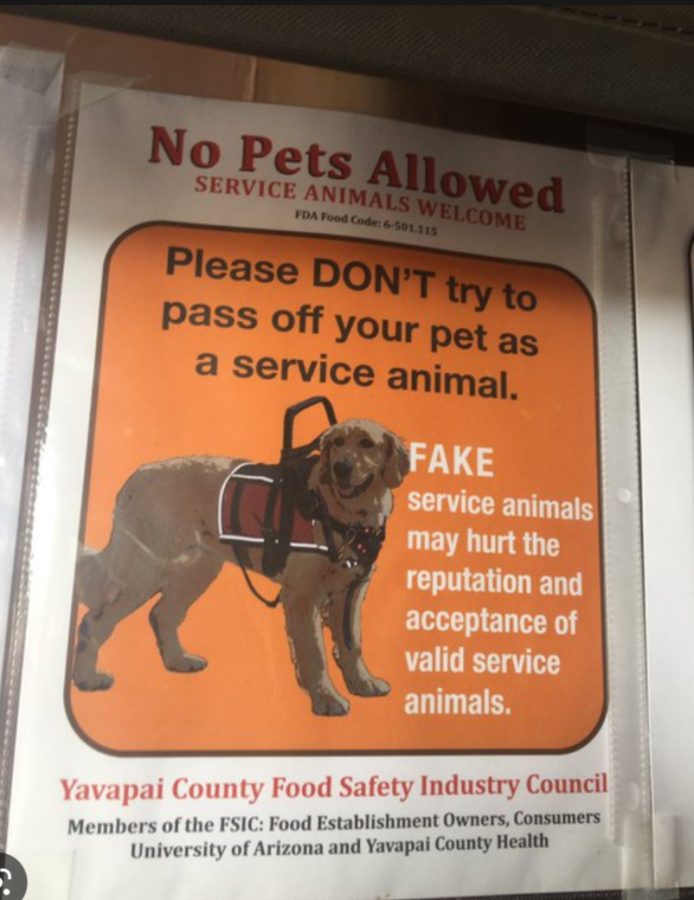Social Cues PT: 2 Fake Service Animals
If there is one animal people can agree on loving the most, it is dogs; they’re often our companions through this way we call life. With emotional support and senses unlike any other, we often call these dogs or animals our heroes, so it would make sense that in the United States 500,000 people use service dogs. They often have to go through at least 160 hours of training, depending on where they are trained. The National Service Animal Registry (NSAR) explains that a service dog can cost a minimum of $17,000 while the most usual price paid is $40,000. The NSAR even offers fundraisers or grant applications to those who can’t afford them. So what’s the problem with service dogs then? Nothing, except for the people who fake having service animals to bring them into stores and public places.
If you were to look at online videos of people faking having service animals, you would find hundreds and thousands of videos, pictures, and audio of conversations and arguments of people with service animals calling out fake service animal owners. While many understand why this is a severe problem, others don’t quite see the dark side of this situation, so that is what will be discussed here on Social Cues. So what’s the big deal? Well as previously mentioned, service animals require specialized training to be able to help the person they are serving and most importantly how to behave while on duty. When looking at these videos you often see these fake service animals are often wearing fake vests which you can buy online. Having your pet pose as a service animal when it is not trained is incredibly wrong. It not only makes you, as a person, look bad, but your dog can make it difficult for people who have trained service dogs to be able to go anywhere.
Another problem today is many claim that their animals are service animals when it’s false, risking the store being damaged from the dog going to the bathroom or contaminating stands of food as well as people getting hurt or service animals getting hurt by aggressive animals. It is not just the store that is being affected everywhere, but actual service animal owners are suffering. This is because most people can buy fake service animal vests, as well as store management or employees who don’t know the sign of fake service animals. It makes it more likely that they will question actual service dog owners and give them a harder time due to someone faking a service dog and having them misbehave. What can we do as a society to make sure these fake service animals stop coming into stores? To know whether or not a service animal is indeed a service animal, you can just watch their behavior. Many service animals’ behavior is focused, disciplined, and non-reactive. The actual service animal will not drag their owner or tug on the leash nor will it leave its owner to go see other animals or people.
However, in order to identify a fake service animal, the behavior will be the complete opposite, they will tug on their leash, they will misbehave, run around and not stay close to their owners. This includes trying to bother or attack other animals. Now if you are in a place of work or a business, according to the ADA you are allowed to ask “Is the dog a service animal required because of a disability, and what work or task has the dog been trained to perform?” Unless you are a worker or employee who thinks the service animals are being faked, you should not ask if their animal is a service animal unless the service animal is at risk of causing you or anyone you know harm. What you should do instead is talk to an employee and state your concerns and they will take care of it. It’s important to remember as a society we need to follow the proper rules and guidelines, so that everyone can have an accessible and safe time within our stores as well as places of business.

Payton Tucker is a junior here at Blackfoot High School. She hates science, loves interior design, and is a hard-working 16-year-old. With classes at school,...





